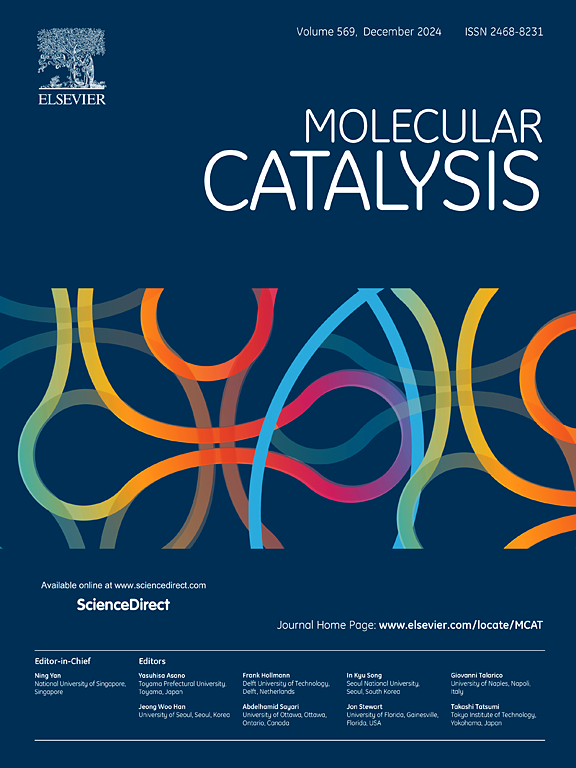Challenges and opportunities to design a highly active hydrodesulfurization catalyst: A comprehensive review
IF 3.9
2区 化学
Q2 CHEMISTRY, PHYSICAL
引用次数: 0
Abstract
Hydrodesulfurization (HDS) is a catalytic process, which is used in petroleum refineries to reach sulfur levels <5 ppm of energy fuels due to its higher rate and activity for desulfurization. HDS reaction performance is mainly controlled by the sulfided phase of catalysts e.g., NiMoS/CoMoS sites for NiMo/CoMo based catalysts, and the formation of these sites depends on the catalyst design properties such as active metal dispersion, metal-support interaction, physiochemical properties like surface area/porosity and structure/morphology of catalysts based on their preparation methods/sulfidation conditions. In addition, operating conditions of reaction also govern the performance of the HDS process. A significant number of theoretical as well as experimental studies is available in literature, exploring various catalysts/technologies for HDS reaction. This review paper summarizes all these available strategies in detail and specially focuses on the effect of all mentioned parameters on HDS catalyst activity. Further, this work also discusses the required design charactertics for an ideal HDS catalyst. The prime concern of this review study is focused on highlighting and filling the gap between experimental and theoretical explanations for HDS catalysts, which is very important to analyze the HDS process performance.
设计高活性加氢脱硫催化剂的挑战与机遇综述
加氢脱硫(HDS)是一种催化过程,由于其较高的脱硫速率和活性,在炼油厂中用于使能源燃料的硫含量达到5ppm。HDS反应性能主要由催化剂的硫化相控制,例如NiMo/CoMo基催化剂的NiMoS/CoMoS位点,这些位点的形成取决于催化剂的设计性质,如活性金属分散、金属-载体相互作用、催化剂的表面积/孔隙率等理化性质以及基于其制备方法/硫化条件的催化剂的结构/形态。此外,反应的操作条件也决定了HDS工艺的性能。文献中有大量的理论和实验研究,探索了HDS反应的各种催化剂/技术。本文对这些策略进行了详细的综述,重点讨论了这些参数对HDS催化剂活性的影响。此外,本工作还讨论了理想HDS催化剂所需的设计特性。本综述研究的重点是突出和填补HDS催化剂的实验和理论解释之间的空白,这对分析HDS工艺性能具有重要意义。
本文章由计算机程序翻译,如有差异,请以英文原文为准。
求助全文
约1分钟内获得全文
求助全文
来源期刊

Molecular Catalysis
Chemical Engineering-Process Chemistry and Technology
CiteScore
6.90
自引率
10.90%
发文量
700
审稿时长
40 days
期刊介绍:
Molecular Catalysis publishes full papers that are original, rigorous, and scholarly contributions examining the molecular and atomic aspects of catalytic activation and reaction mechanisms. The fields covered are:
Heterogeneous catalysis including immobilized molecular catalysts
Homogeneous catalysis including organocatalysis, organometallic catalysis and biocatalysis
Photo- and electrochemistry
Theoretical aspects of catalysis analyzed by computational methods
 求助内容:
求助内容: 应助结果提醒方式:
应助结果提醒方式:


